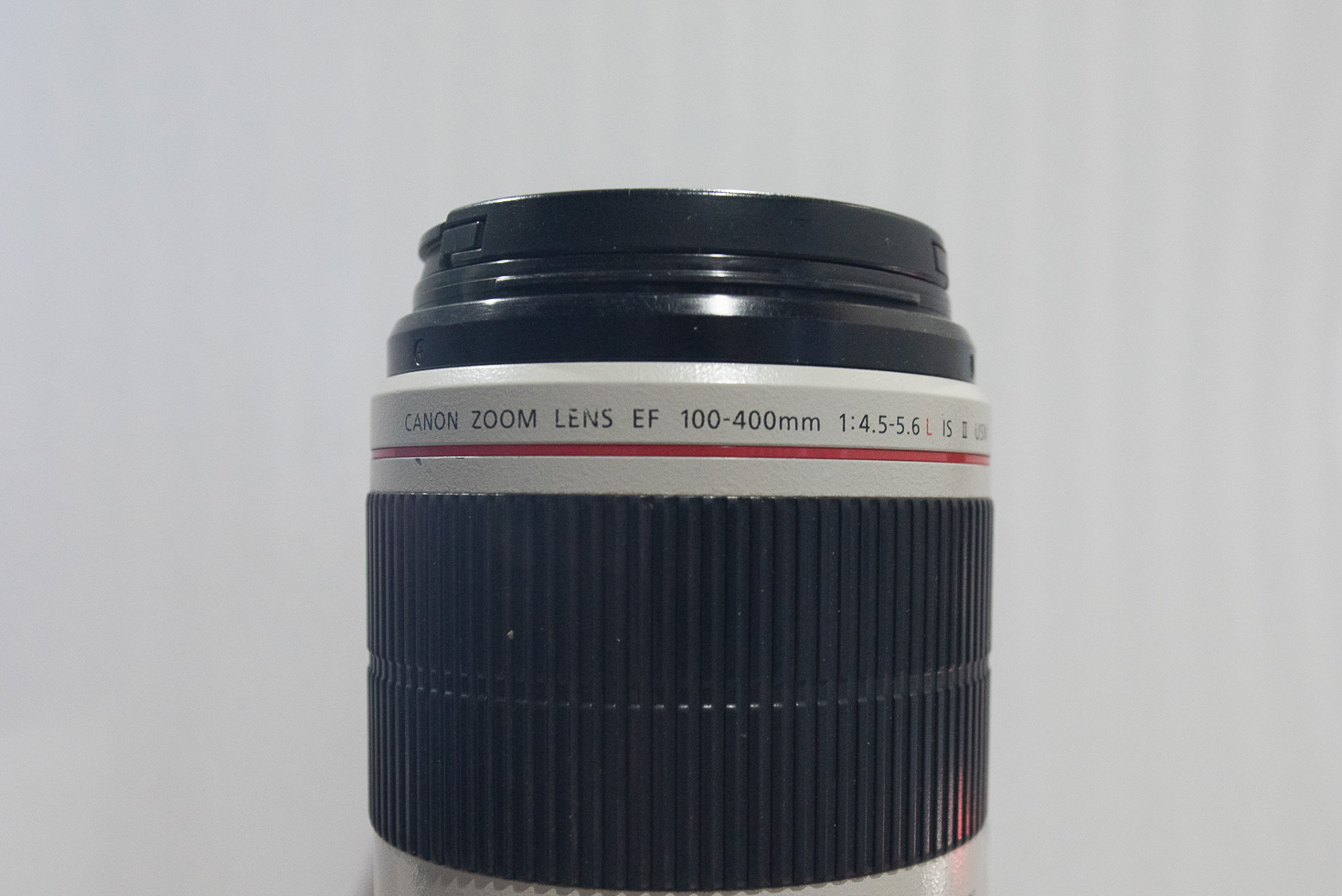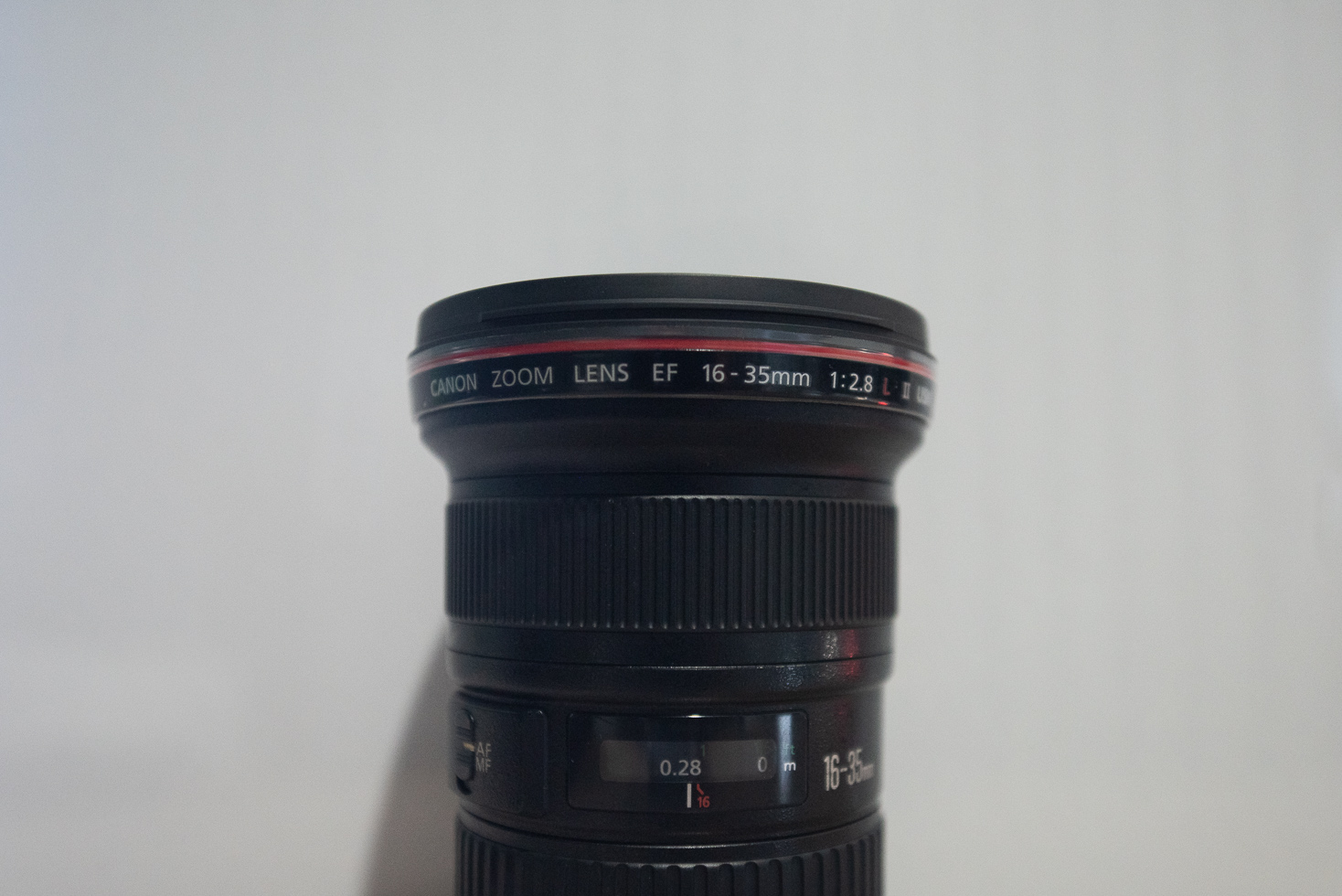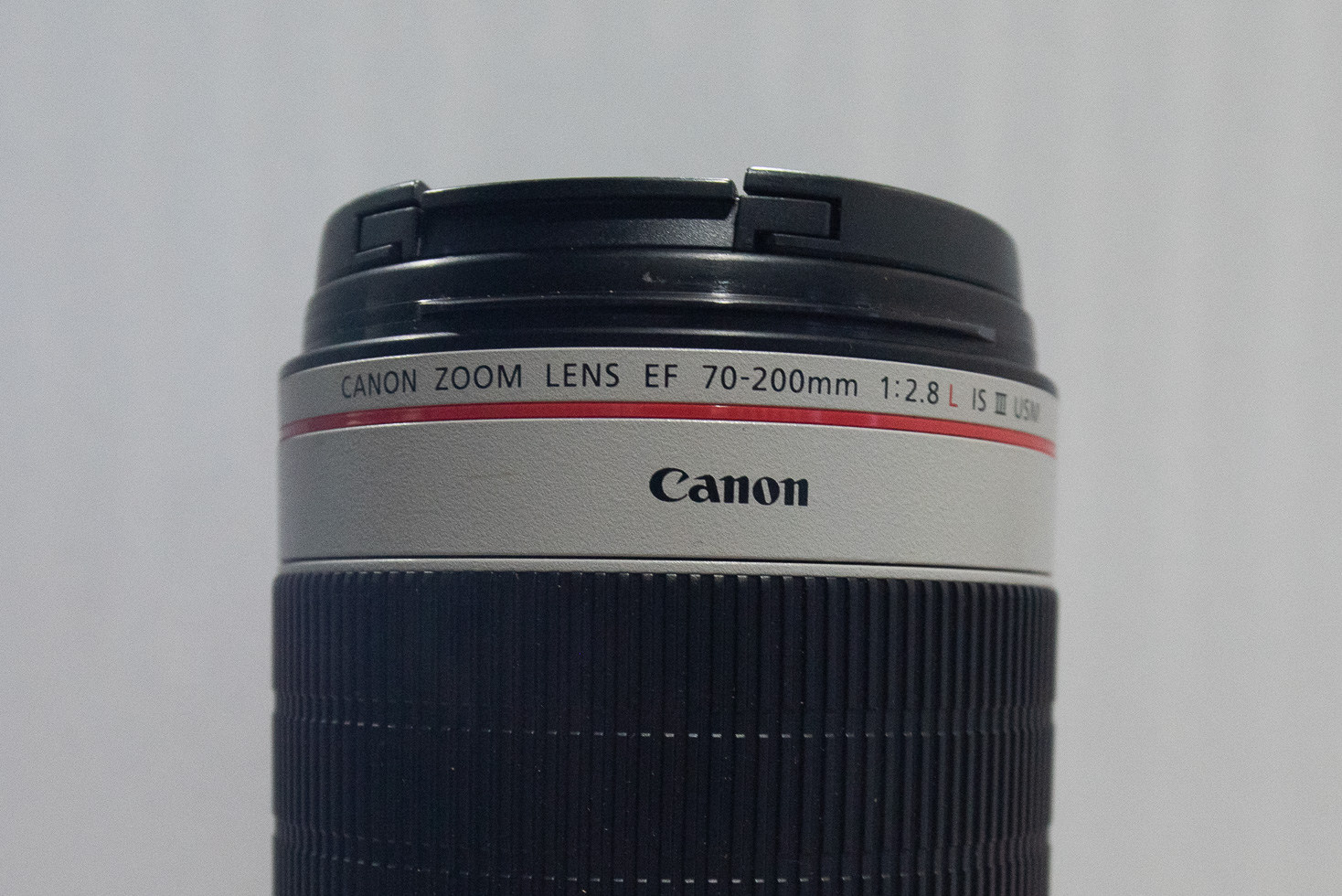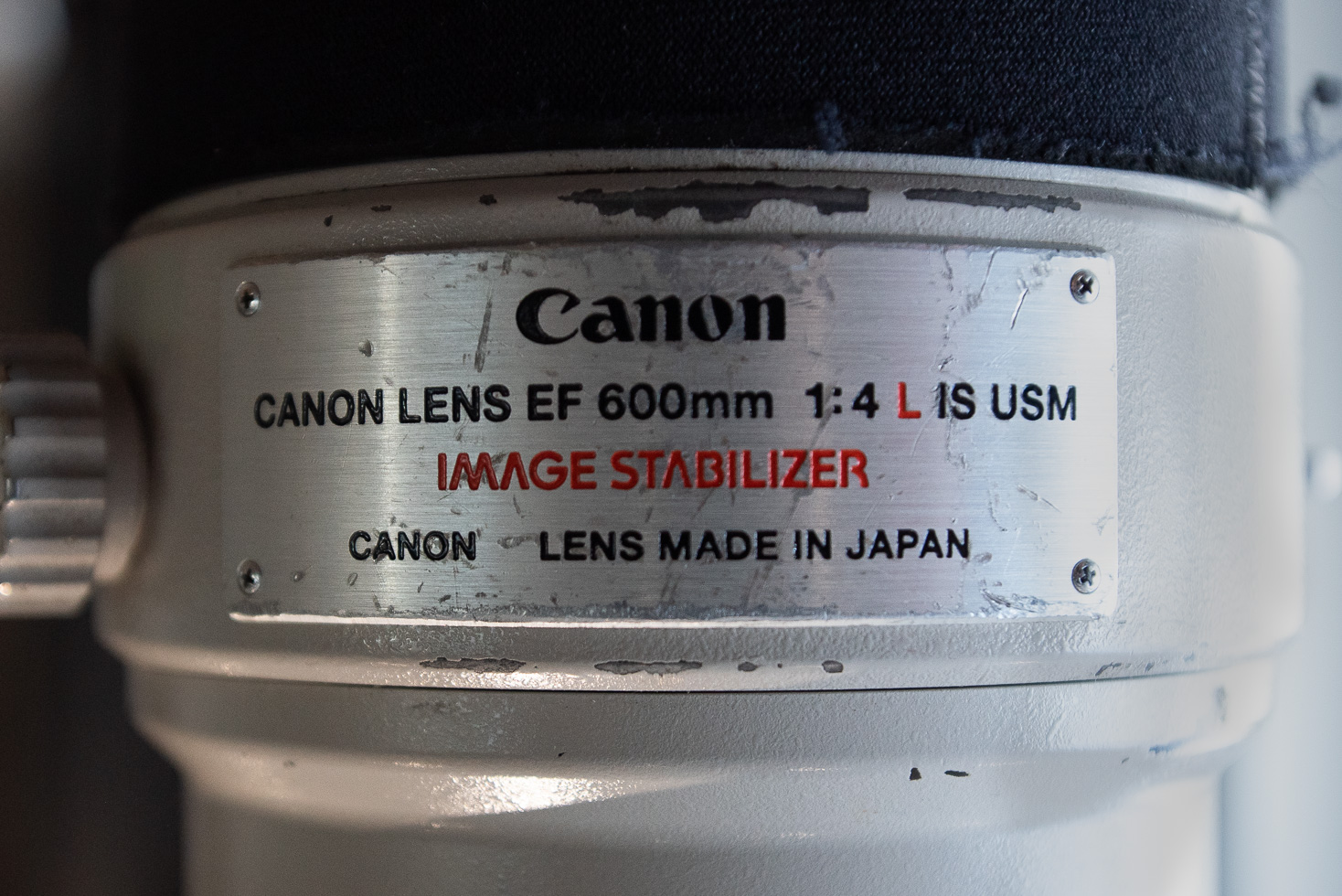Photography can be a challenging subject to take on and understand when starting out. Even someone who has been doing photography for a while may have skipped past some of the most basic topics to get to a point where they are happy with their level of understanding and have never looked back. The best way to refresh your mind and take that first step is to go right back to the basics!
I thought it would be a great idea to run a "Back to basics" series of posts on the blog to cover some of the most important things that anyone wanting to start out and even for the seasoned pro's to refresh their minds as the Safari season quickly approaches the African continent!
In this first post I'd like to look at "those numbers on my lens".
For explanation purposes, we are going to use the following Canon lenses as examples:
- 16-35mm 1:2.8
- 70-200mm 1:2.8
- 100-400mm 1:4.5-5.6
- Fixed 600mm 1:4
Take note however that these numbers will appear exactly the same on the other camera brand lenses.
The Focal Length
The first set of numbers mentioned in the lens specifications refers to the focal length of your lens and is represented in millimetres. These don't have anything to do with the actual size of the lens but rather how much zoom you have. Very technical I know, but let's get a better understanding of this.
The first number represents the widest possible field of view (minimum focal length), whilst the second number represents the narrowest field of view or maximum zoom (greatest focal length). Not all lenses have the ability to change focal lengths (for example from 16 to 35mm or 80-400mm) and are referred to as prime lenses as they operate at a fixed focal length (e.g., 300mm, 400mm, 600mm).
Below, you can see a visual example of each lens at its maximum zoom (greatest focal length).
The Aperture Range
The second set of numbers represented as something along the lines of " 1:4.5-5.6" or "1: 2.8" refers to the aperture range of the lens.
In the example of the lens below, the focal length of the lens is clearly marked as 100-400mm.
This is followed by "1:4.5-5.6".
These maximum aperture values are linked to the focal length values and in essence can be read as follows:
"When I am at a focal length of 100mm my widest aperture will be F 4.5, however, when I zoom in to 400mm my widest aperture value drops to F5.6"

Not all lenses are created equal though, some have a fixed maximum aperture throughout the range of the focal length. A 70-200mm F2.8 is a great examples of this and the specifications for such a lens can be read as follows:
"Regardless of whether I am at a focal length of 70mm or 200mm, my widest aperture value will still be F2.8"
This brings us to the next question, and the next post in the "Back to basics" series: What is Aperture and how can I use it in my photography?
If you are wanting to continue your learning process, feel free to check out some of the other blogs done by The Wild Eye Guides on the link below.
Happy learning!
Michael
Educational Blogs
Scan through a variety of blogs focused on "Photography tips and training".







